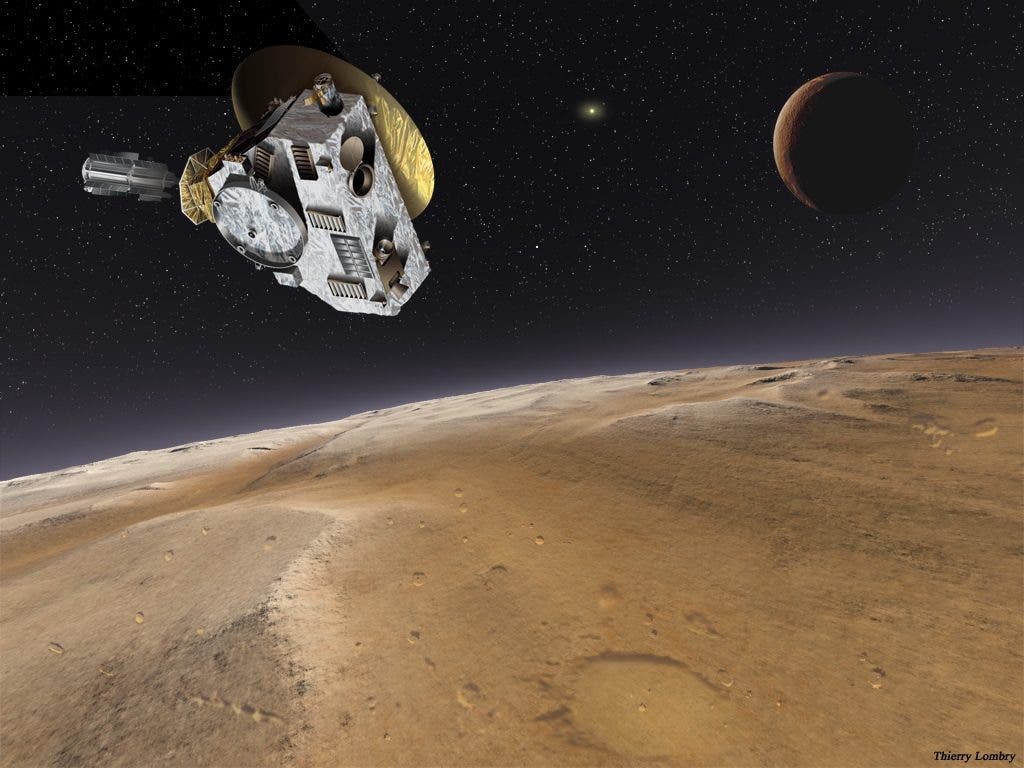NASA’s New Horizons spacecraft has officially begun its six month approach to the planet Pluto. This is the first time a human shuttle will flyby the icy dwarf planet.

Pluto, the former planet, currently considered a dwarf planet (a plutoid) is still interesting for astronomers, but its distance from the Earth makes it difficult to study and analyze. The main theory is that Pluto’s structure is differentiated, with the rocky material having settled into a dense core surrounded by a mantle of ice; it’s very possible that Pluto actually harbors a liquid ocean of water between the rock and the ice.
The New Horizons shuttle is a NASA space probe launched to study the dwarf planet Pluto, its moons and anything else in the vicinity. Following a 3 billion mile trip, New Horizons has awaken from its hibernation and is now ready to start gathering data about Pluto.
“We’ve completed the longest journey any craft has flown from Earth to reach its primary target, and we are ready to begin exploring!” Alan Stern, New Horizons principal investigator from Southwest Research Institute, said in a NASA statement.
Indeed, the name New Horizons is a very fitting name. The mission will reveal information about a class of planets we have no direct observations of, and of which we know very little.
“New Horizons is on a journey to a new class of planets we’ve never seen, in a place we’ve never been before. For decades we thought Pluto was this odd little body on the planetary outskirts; now we know it’s really a gateway to an entire region of new worlds in the Kuiper Belt, and New Horizons is going to provide the first close-up look at them”, project leader Hal Weaver said.
New Horizons is well equipped for this mission – its scientific instruments include spectrometers (a Multispectral Visible Imaging Camera with a near-infrared imaging spectrometer, an ultraviolet imaging spectrometer and Energetic Particle Spectrometer Science Investigation), direct imagers, a dust analyzer and a radio science experiment. These instruments will gather continuous data on the interplanetary environment where the planetary system orbits,
We’ll keep you posted with developments and information as New Horizons sends it in.






